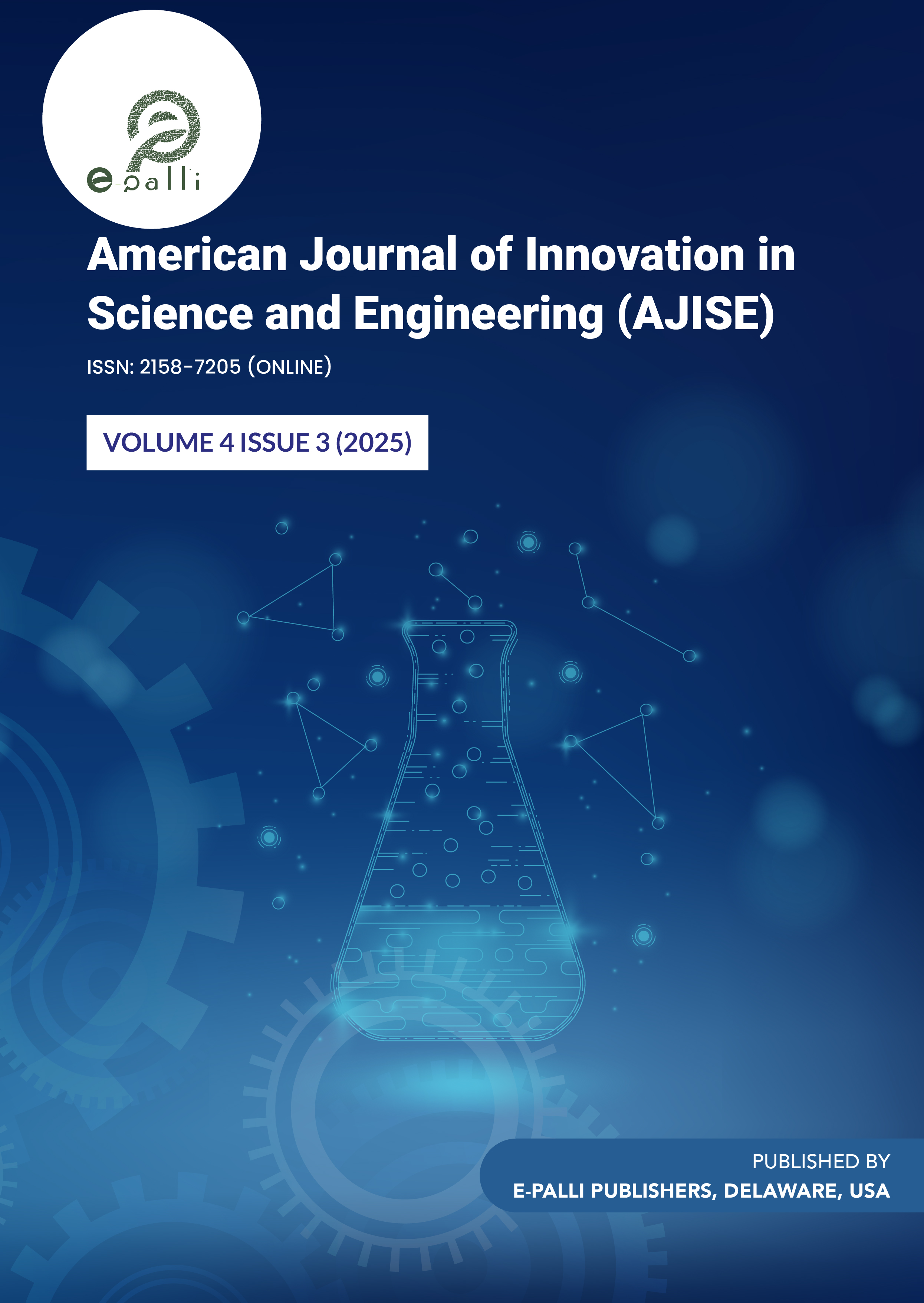Insurance Challenges and Economic Impacts of Wildfires on Residential Development in California: A Synthetic Review
DOI:
https://doi.org/10.54536/ajise.v4i3.5559Keywords:
California Housing Market, Climate Risk, Economic Impact, FAIR Plan, Homeowners’ Insurance, Insurance Affordability, Residential Development, Risk Management, Wild Land–Urban Interface, Wildfire RiskAbstract
The ever-increasing wildfire risk in California is putting an unprecedented burden on the markets for homeowner’s insurance and the patterns of house development, particularly in the wild land–urban interface. Insurers are increasing rates, demanding nonrenewal, or withdrawing from high-risk areas altogether, which forces many homes onto the expensive FAIR Plan. This analysis reviews five recent studies that were conducted between 2018 and 2025 and provides a synthesis of their findings. Recently conducted research sheds light on the economic impact that significant wildfires place on households, with losses reaching billions of dollars in direct damages and costs that are not covered by insurance. These market signals are frequently overridden by strong housing demand and policy gaps, despite the fact that there is some evidence to show that higher insurance rates can discourage new development in areas that are prone to fire. The findings of this research indicate that wildfire-related insurance difficulties are transforming the residential landscape of California. However, the absence of integrated land-use planning and resilient insurance solutions continues to place homeowners and developers in a precarious financial position.
Downloads
References
Abatzoglou, J. T., & Williams, A. P. (2016). Impact of anthropogenic climate change on wildfire across western US forests. Proceedings of the National Academy of Science, 113(42), 11770-11775.
Auer, M. R. (2024). Wildfire Risk and Insurance: Research Directions for Policy Scientists. Policy Sciences forthcomings, 1-31.
Auer, M. R., & Hexamer, B. E. (2022). Income and Insurability as factors in Wildfire Risk. Forest, 13(2), 1-12.
Davies, I., Huago, R. D., Robertson, J., & Levin, P. (2018). The unequal vulnerability of communities of color to wildfire. PLOS One, 13(11).
Farmonaut. (2025). California’s Wildfire Crisis: How Rising Insurance Cost Impact Homeowners in High-Risk Areas. Retrieved July 15, 2025, from https://farmonaut.com/usa/rising-wildfire-insurance-costs-hit-california-homeowners
Federal Insurance Office. (2024). Annual Report on the Insurance Industry. Annual Report, U.S. Department of the Treasury, Washington.
Gonzales-Mathiesen, C., Ruane, S., & March, A. (2020). Integrating wildfire risk management and spatial planning: A historical review of two Australian planning system. International Journal of Disaster Risk Reduction, 53(7525).
Goss, M., Swain, D. L., Abatzoglou, J. T., Sarhadi, A., Kolden, C. A., Williams, P. A., & Diffenbaugh, N. S. (2020). Climate change is increasing the risk of extreme autumn wildfire conditions across California. Environmental Research letters, 15(9).
Grant, M. J., & Booth, A. (2009). A typology of review: An analysis of 14 review types and associated methodologies. Health Information & Libraries Journal, 26(2), 91-108.
Keeley, J. E., & Syphard, A. (2018). Historical patterns of wildfire ignition sources in California ecosystems. International Journal of Wildland Fire, 27(12), 781-799.
Li, Z., Li, H., Yang, Y., Wang, S., & Zhu, Y. (2025). Integrating earth observation data into the tri-environment evaluation of the economic cost of natural disasters: a case study of 2025 LA wildfire. Natural Hazard, 112(1), 321-339.
Moritz, M. A., Batllori, E., Bradstock, R. A., Gill, M. A., Handmer, J., Hessburg, P. F., . . . Syphard, A. D. (2014). Learning to coexist with wildfire. Nature, 515, 58-66.
Popay, J., Robert, H., Sowden, A., Petticrew, M., Arai, L., Rodgers, M., . . . Duffy, S. (2006). Guidance on the conduct of narrative synthesis in systematic reviews: A product from the ESRC Methods Programme. Lancaster: Lancaster University.
Prince, B. A. (2022). Using Federal Power to Compel Fire Prevention and Address Growing Property Insurance Issues in Wildland-Urban Interface. UC Law Environment Journal, 28(2), 149-190.
Radeloff, V., Helmers, D. P., Kramer, H. A., Mockrin, M., Alexandre, P. M., Bar-Massada, A., . . . Stewart, S. (2018). Rapid growth of the US wildland-urban interface raises wildfire risk. Proceedings of the National Academy of Sciences, 115(13).
Rodriques, M., Camprubi, A. C., Balaguer-Romano, R., Megia, C. J., Castanares, F., Ruffault, J., . . . de Dios, V. R. (2023). Drivers and implications of the extreme 2022 wildfire season in Southwest Europe. Science of the Total Environment, 859(2).
Synder, H. (2019). Literature review as a research methodology: An overview and guidelines. Journal of Business Research, 104, 333-339.
Syphard, A., & Keeley, J. E. (2020). Mapping fire regime ecoregions in California. International Journal of Wildland Fire, 29(7), 595-601.
Syphard, A., Massada, A. B., Butsic, V., & Keeley, J. E. (2013). Land Use Planning and Wildfire: Development Policies Influence Future Probability of Housing Loss. PLOS One, 8(8).
Westerling, A. L. (2018). Wildfire Simulations for California’s Fourth Climate Change Assessment: Projecting Changes in Extreme Wildfire Events with a Warning Climate. University of California, Merced. California: California Energy Commission.
Downloads
Published
How to Cite
Issue
Section
License
Copyright (c) 2025 Daniel Kolawole Akerele

This work is licensed under a Creative Commons Attribution 4.0 International License.







